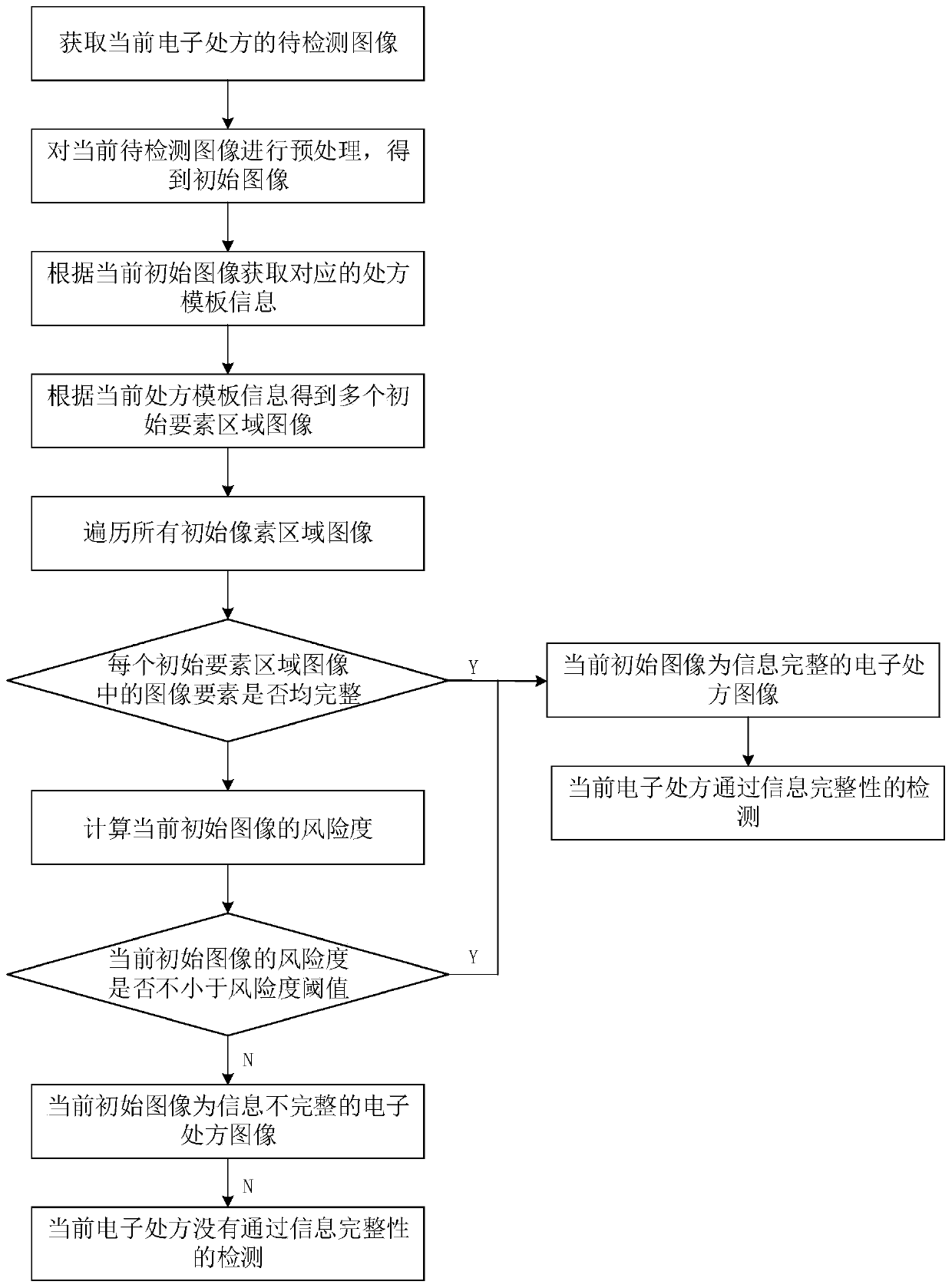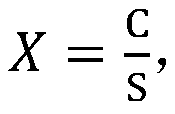Method for remotely detecting whether electronic prescription information is complete or not
An electronic prescription and remote detection technology, applied in the fields of informatics, healthcare informatics, drugs or prescriptions, etc., can solve the problem that licensed pharmacists have high workload and work intensity, manual review is prone to omissions or errors, and electronic prescriptions take up time. and other problems, to achieve the effect of being suitable for promotion and use, high practicability, avoiding omissions and errors
- Summary
- Abstract
- Description
- Claims
- Application Information
AI Technical Summary
Problems solved by technology
Method used
Image
Examples
Embodiment 1
[0051] Such as figure 1 As shown, this embodiment provides a method for remotely detecting whether electronic prescription information is complete, including the following steps:
[0052] Obtain the image to be detected of the current electronic prescription, preprocess the current image to be detected, and obtain the initial image;
[0053] Obtain the corresponding prescription template information according to the current initial image;
[0054] Obtain multiple initial element area images according to the current prescription template information;
[0055] Traverse all initial pixel area images, and judge whether the image elements in each initial element area image are complete. If yes, the current initial image is an electronic prescription image with complete information, and the current electronic prescription passes the information integrity detection. If not, then Calculate the risk degree of the current initial image;
[0056] Judging whether the risk degree of the...
Embodiment 2
[0060] The technical solution provided in this embodiment is a further improvement made on the basis of the technical solution in Example 1, and the difference between this embodiment and Example 1 is in the following technical features:
[0061] In this embodiment, when preprocessing the current image to be detected, the specific steps are as follows:
[0062] Determine whether the current image to be detected is a grayscale image, if yes, use the current image to be detected as the initial image, if not, convert the current image to be detected to a grayscale image to be detected, and then use the current grayscale image to be detected as the initial image image.
Embodiment 3
[0064] The technical solution provided in this embodiment is a further improvement made on the basis of the technical solution in Example 2, and the difference between this embodiment and Example 2 is in the following technical features:
[0065] In this embodiment, when multiple initial element region images are obtained according to the current prescription template information, the specific steps are as follows:
[0066] Determine the location information of the element area according to the current prescription template information;
[0067] Crop the current initial image according to the location information of the element area to obtain multiple initial element area images P[i,j] (i=1,2,...,W 1 , j=1,2,...,H 1 ), where i and j are variables, i is the abscissa position of a point in any initial element region image, j represents the ordinate position of a point in any initial element region image, W 1 is the width of the initial feature area image, H 1 is the height of...
PUM
 Login to View More
Login to View More Abstract
Description
Claims
Application Information
 Login to View More
Login to View More - R&D
- Intellectual Property
- Life Sciences
- Materials
- Tech Scout
- Unparalleled Data Quality
- Higher Quality Content
- 60% Fewer Hallucinations
Browse by: Latest US Patents, China's latest patents, Technical Efficacy Thesaurus, Application Domain, Technology Topic, Popular Technical Reports.
© 2025 PatSnap. All rights reserved.Legal|Privacy policy|Modern Slavery Act Transparency Statement|Sitemap|About US| Contact US: help@patsnap.com



